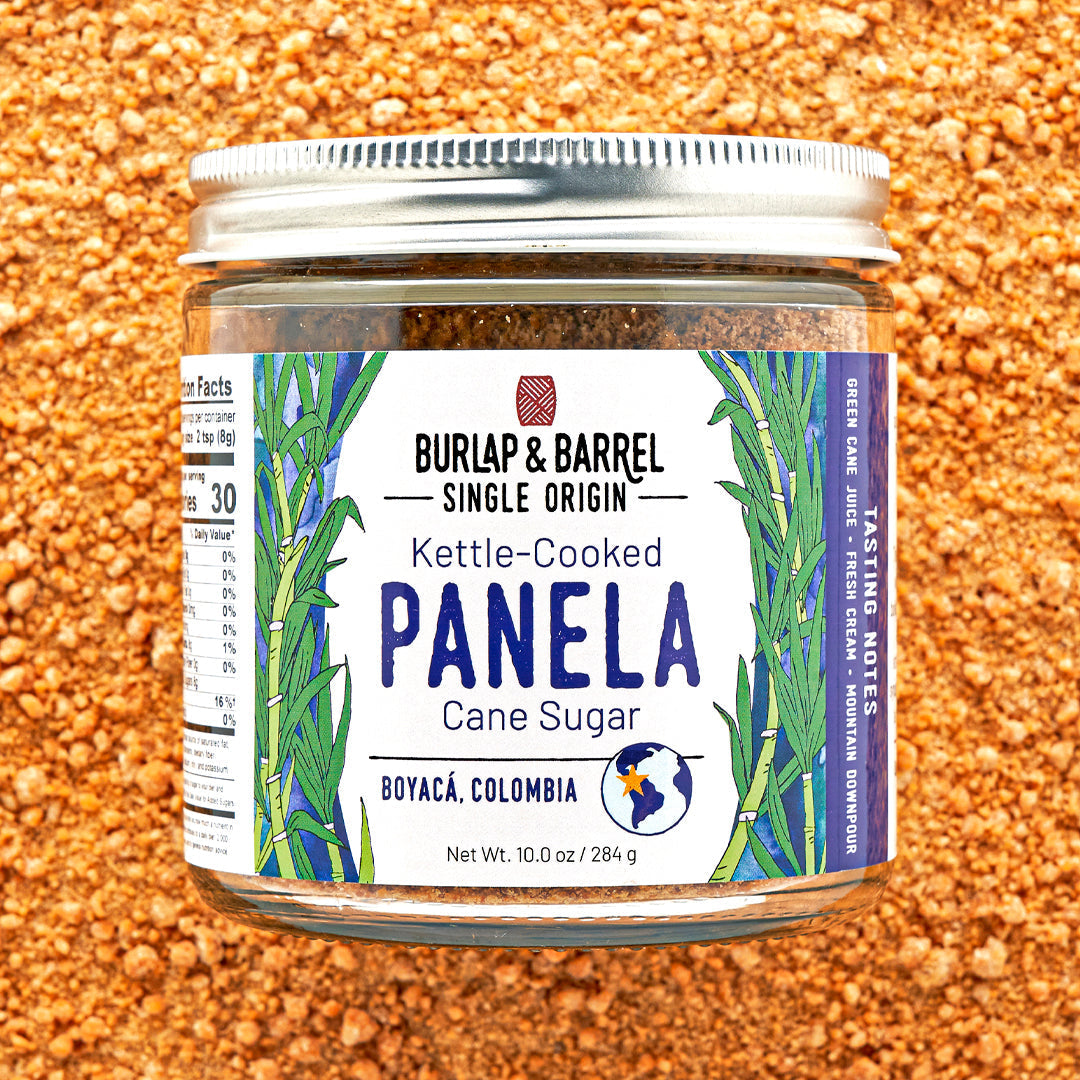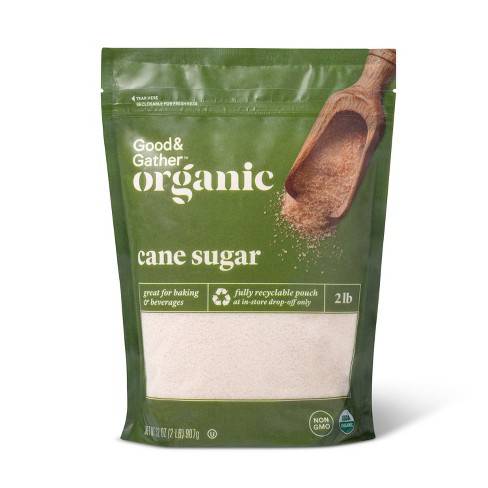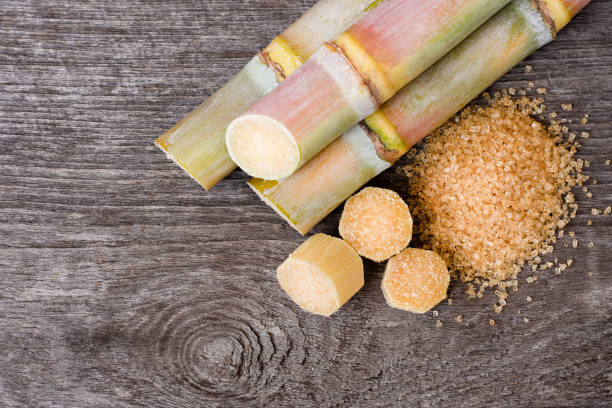The Environmental Impact of Growing Sugar and Cane in Various Regions
The Environmental Impact of Growing Sugar and Cane in Various Regions
Blog Article
Just How Cane Sugar Processing Chemicals Improve Sugar Quality and Yield
The duty of processing chemicals in walking stick sugar production is essential, as they directly influence both the top quality and yield of the end product. By utilizing materials such as lime and phosphoric acid, producers can effectively remove contaminations and improve extraction performance. Furthermore, the unification of triggered carbon and enzymes offers to optimize the malfunction of intricate sugars, inevitably causing a purer and higher-quality sugar. The ins and outs of how these chemicals communicate within the handling environment raising questions about their long-term ramifications and possible innovations in the market.
Introduction of Walking Stick Sugar Handling
Walking stick sugar processing entails a collection of vital actions that change raw sugarcane into refined sugar products. The process begins with harvesting, where mature sugarcane stalks are cut and moved to refining facilities. Upon arrival, the cane undergoes washing to remove pollutants such as soil and plant materials.
Complying with cleaning, the cane is squashed to extract the juice, which consists of sucrose - sugar and cane. This juice goes through explanation, where lime and warmth are made use of to eliminate staying contaminations and non-sugar parts. The cleared up juice is after that evaporated to concentrate the sugar web content, leading to the development of thick syrup
Next, the syrup is crystallized with a regulated cooling process, leading to sugar crystals. These crystals are divided from the staying syrup in centrifuges. The raw sugar acquired is generally brown due to residual molasses material. To achieve refined sugar, more filtration steps are used, consisting of washing, re-crystallization, and drying.
The end product is either packaged as raw sugar or better refined right into white sugar, satisfying various consumer and commercial demands. This detailed series of steps makes sure the manufacturing of high-grade sugar, necessary for numerous applications in food and drink industries.
Secret Handling Chemicals Used
The production of refined cane sugar depends on various processing chemicals that play significant roles at different phases. This action is essential for enhancing the general quality of the removed juice.
Phosphoric acid offers a twin purpose; it improves the explanation procedure and helps in the elimination of color-forming compounds, contributing to a higher pureness of the final product. Additionally, sulfur dioxide functions as a bleaching representative, permitting the efficient elimination of unwanted pigments and enhancing the color of the sugar.
Various other noteworthy chemicals include triggered carbon, which is used for additional decolorization, and enzymes that help with the break down of complex sugars into less complex types, thus boosting return. The careful option and application of these handling chemicals are essential for maximizing the effectiveness of sugar removal and refining procedures, inevitably bring about a much more constant and better sugar item.

Effect On Sugar Quality
How do processing chemicals affect the top quality of refined sugar? The introduction of various chemicals in the walking stick sugar processing phase significantly boosts the purity and overall quality of the final product.
In addition, the usage of activated carbon and ion-exchange materials during the refining process plays an essential function in eliminating off-flavors and unwanted odors, contributing to the sugar's sensory account. This refinement not only boosts the visual and organoleptic high qualities however also boosts the life span by decreasing microbial task connected with contaminations.
Furthermore, the exact application of these chemicals makes sure that the sugar shows a regular grain dimension and flowability, which are necessary features for both commercial applications and customer choices. In general, the critical use processing chemicals is essential in achieving high-grade refined sugar that meets market requirements and customer expectations.

Enhancing Yield Efficiency
Enhancing return effectiveness in walking cane sugar processing entails enhancing numerous stages of manufacturing to make best use of the quantity of sugar removed from raw walking cane. One critical facet is the option and application of ideal handling chemicals, which can help with the breakdown of cell wall surfaces and boost sugar release during removal. Chemicals such as acids and enzymes play an essential function in this process by hydrolyzing polysaccharides and dissolving impurities, thereby improving the overall extraction efficiency.

Regular tracking and modification of processing criteria are necessary to maintain performance throughout manufacturing (sugar and cane). By utilizing these techniques, sugar manufacturers can not just raise the amount of sugar gotten however additionally decrease waste and reduced manufacturing expenses, adding to an extra rewarding and lasting sugar processing procedure
Benefits for Manufacturers and Consumers
Cane sugar processing chemicals use substantial advantages for both manufacturers and customers, creating an extra sustainable and reliable sector. For manufacturers, these chemicals boost extraction processes, causing higher returns and improved sugar top quality. By optimizing the filtration and formation phases, they lower waste and boost general efficiency, which can substantially reduce manufacturing prices. This effectiveness allows producers to continue to be affordable in an international market identified by fluctuating costs and demand.
For customers, the advantages are equally compelling. The enhanced high quality of sugar translates to much wikipedia reference better taste and uniformity in foodstuff. In addition, the usage of processing chemicals can cause a much more secure supply of sugar, minimizing scarcities and rate spikes that can take place due to environmental factors or market Extra resources fluctuations. Moreover, the advancements in manufacturing methods add to sustainability campaigns by lessening resource usage and waste generation, interesting ecologically aware customers.
Verdict

The role of processing chemicals in walking stick sugar production is crucial, as they directly influence both the high quality and return of the final product (sugar and cane). The consolidation of activated carbon and enzymes serves to optimize the failure of complicated sugars, inevitably leading to a purer and higher-quality sugar.Cane sugar processing involves a series of crucial actions that change raw sugarcane into refined sugar items.Enhancing yield efficiency in cane sugar processing involves enhancing different phases of manufacturing to take full advantage of the quantity of sugar drawn out from raw walking cane.Cane sugar processing chemicals play a vital role in boosting both sugar high quality and yield
Report this page